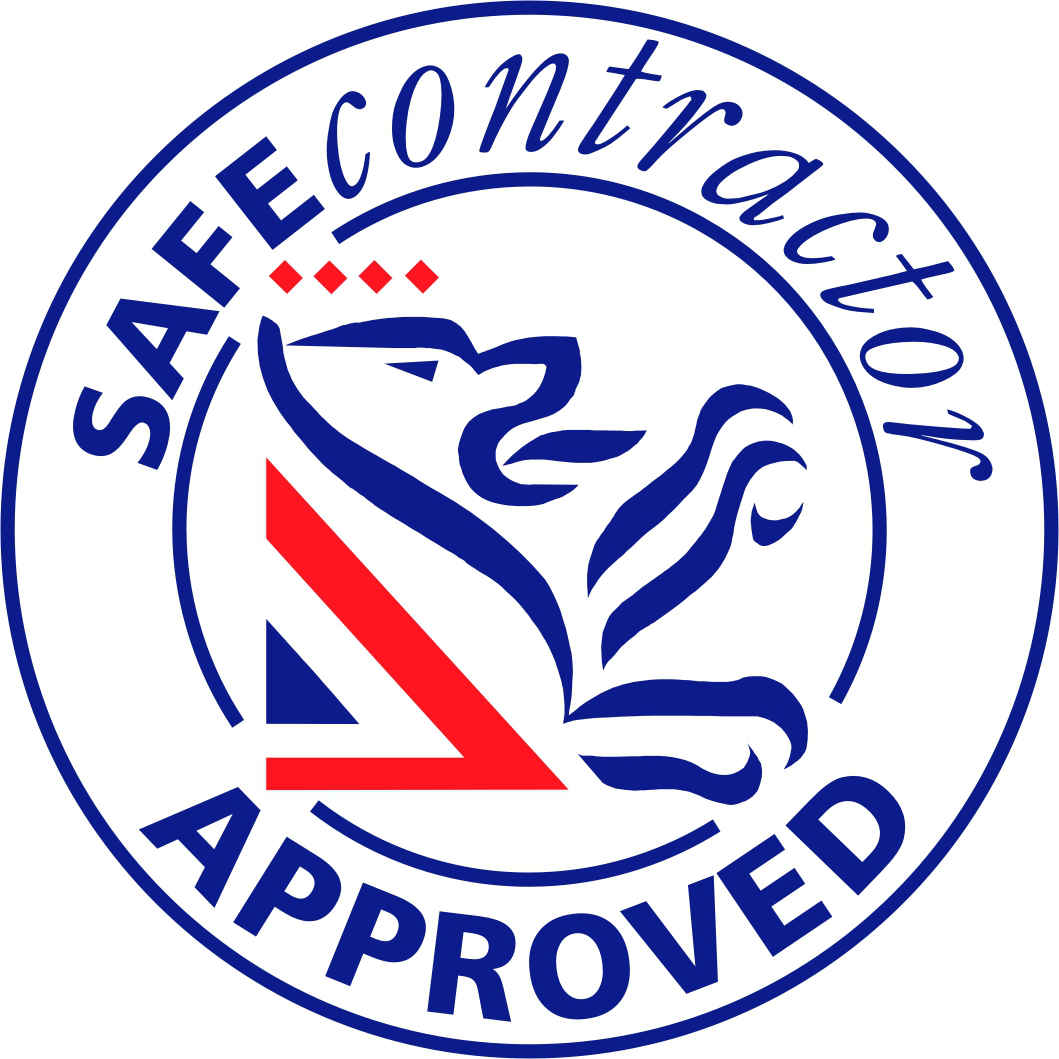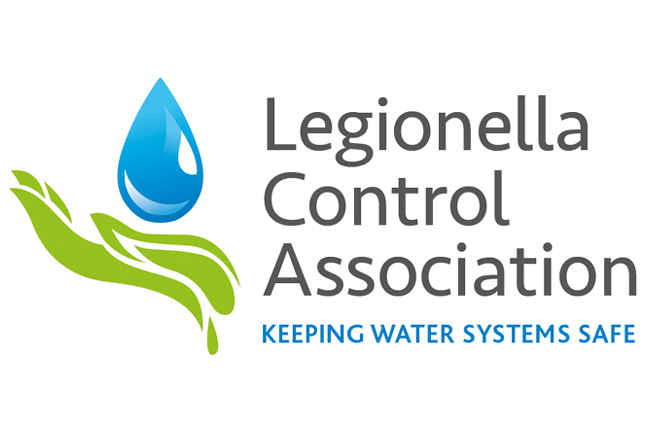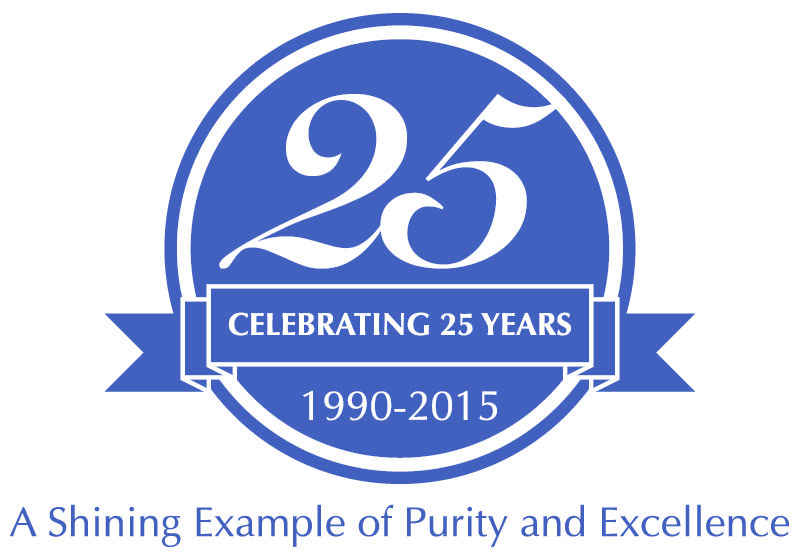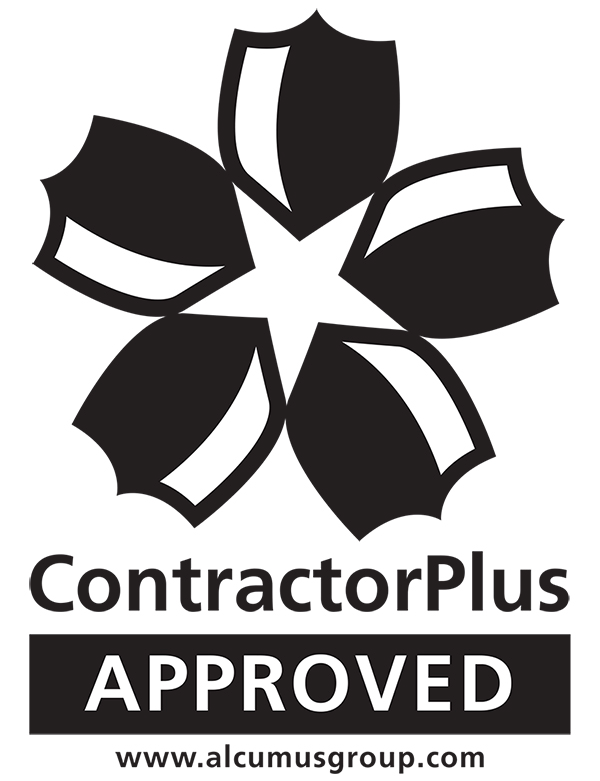Water Hygiene &
Legionella
Services
Programmed Environmental Maintenance Limited offer a range of services to make sure your building stays safe and compliant with the latest regulations in water hygiene and Legionella safety.
Legionella Risk Assessments & Reviews
“A suitable and sufficient assessment must be carried out to identify and assess the risk of exposure to legionella bacteria from work activities and water systems on the premises and any precautionary measures needed. The duty-holder is responsible for ensuring the risk assessment is carried out.”
Also the Technical Document HSG274 Part 2: The control of legionella bacteria in hot and cold water systems states that:-
“Carrying out a legionella risk assessment and ensuring it remains up to date is required under health and safety law and is a key duty when managing the risk of exposure to legionella bacteria. In conducting the assessment, the duty-holder must appoint a competent person or persons, known as the responsible person(s), to help them meet their health and safety duties, ie take responsibility for managing the control scheme. If the necessary competence, knowledge and expertise does not exist, there may be a need to appoint someone externally.”
The Approved code of practice (L8) and The Technical Document HSG274 Part 2 states:
“The control of legionella bacteria in hot and cold water systems are aimed at duty-holders, including employers, those in control of premises and those with health and safety responsibilities for others, to help them comply with their legal duties in relation to legionella. These include identifying and assessing sources of risk, preparing a scheme to prevent or control risk, implementing, managing and monitoring precautions, keeping records of precautions and appointing a manager to be responsible for others.”
Water Hygiene Monitoring
Monthly hot and cold water outlet temperature checks:-
Temperature control is the traditional strategy for reducing the risk of legionella in water systems. Cold water systems should be maintained, where possible, at a temperature below 20 °C. Hot water should be stored at least at 60 °C and distributed so that it reaches a temperature of 50 °C (55 °C in healthcare premises) within one minute at the outlets.
Inspection and temperature checks of cold water storage tanks.
Cold water storage tanks should be inspected annually and remedial works carried out where necessary.
The Cold water storage tanks water temperature remote from the ball valve and the incoming mains temperature should be checked. And the maximum temperatures of the stored and supply water recorded.
Taking of samples for Legionella analysis.
Where monitoring for legionella is considered appropriate in hot and cold water systems. We sample in accordance with BS 7592 “Sampling for Legionella bacteria in water systems”. The complexity of the system will need to be taken into account to determine the appropriate number of samples to take. To ensure the sample is representative of the water flowing around the system and not just of the area downstream of the fitting. Our samples are analysed by an independent UKAS-accredited laboratory.
Cleaning and Disinfection of Hot & Cold Water Systems
“The risk from exposure to legionella should be controlled by keeping the water system and water in it clean and free from nutrients, including those arising from contamination and corrosion; and maintaining its cleanliness. Hardness scale may also trap nutrients, encouraging biofilm formation and so form a barrier to disinfectants.”
“Where necessary, hot and cold water services should be cleaned, flushed and disinfected in the following situations:”
“On completion of a new water installation or refurbishment of a hot and cold water system.”
“On installation of new components, especially those which have been pressure tested using water by the manufacturer (see the manufacturer’s instructions).”
“Where the hot and cold water is not used for a prolonged period and has not been flushed as recommended or the control measures have not been effective for a prolonged period. For example, this could be as little as two or three weeks, but will depend on the ambient temperature, condition of the water system, potential for exposure to aerosols and the susceptibility of users considered in a specific risk assessment.
On routine inspection of the water storage tanks, where there is evidence of significant contamination or stagnation.”
“If the system or part of it has been substantially altered or entered for maintenance purposes that may introduce contamination.”
“Following water sampling results that indicate evidence of microbial contamination of the water system during, or following an outbreak or suspected outbreak of Legionellosis linked to the system.”
“Or where indicated by the risk assessment.”
Cleaning and Descaling
Showers should be cleaned and descaled on at least a quarterly basis or more frequently depending on the rate of fouling. Scale can trap nutrients, encouraging biofilm formation and so form a barrier to disinfectants.
Tap outlets should be descaled periodically as scale on tap outlets can trap nutrients, encouraging biofilm formation and so form a barrier to disinfectants.
We carry out the above services at many types of sites. And we cover the entire United Kingdom.
The guidance contained within The Approved code of practice (L8) states:-
“Service providers should also ensure that their staff and contractors are competent to carry out the task safely. They should be properly trained to a standard appropriate to the various tasks they perform, such as risk assessment, advising on water treatment measures, sampling or cleaning and maintaining water systems. The Legionella Control Association administers a Code of Conduct for organisations providing services to occupiers/owners of water systems.”
Our engineers are highly competent and regularly receive refresher training including advanced Legionella awareness training to ensure any control measures are carried out in a safe and technically competent manner.
We believe that our record keeping, reporting and communication procedures are second to none. Any issues of non-compliance or concern observed on a visit would be reported the same day. Guidance and advice are always available.
We are members of the Legionella Control Association as recommended by the Approved code of practice (L8).
We are also members of the SAFE Contractor, Contractor Plus and Construction line Schemes.
Contact Us
If you're looking for a quick online quote, or for any more information regarding our services, training or legionella treatment in general, please get in touch and we'll respond as quickly as possible.
Alternatively call us at 01484 841817 or send us an email to hygieneltd@gmail.com.





Programmed Environmental Maintenance Limited
7 Waterside, Bridge Street, Slaithwaite, West Yorkshire. HD7 5BA.
Tel: 01484 841817 Email: hygieneltd@gmail.com
Providing service across Wakefield, Halifax, Huddersfield, Sheffield, Manchester, Kirklees, South Yorkshire, East Yorkshire, West Yorkshire, Lancashire and more
© Programmed Environmental Maintenance Limited 2024